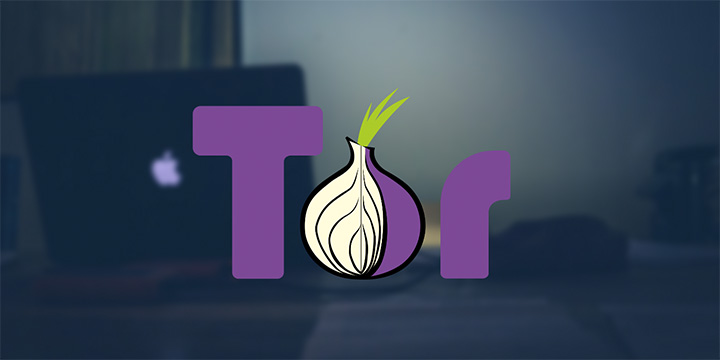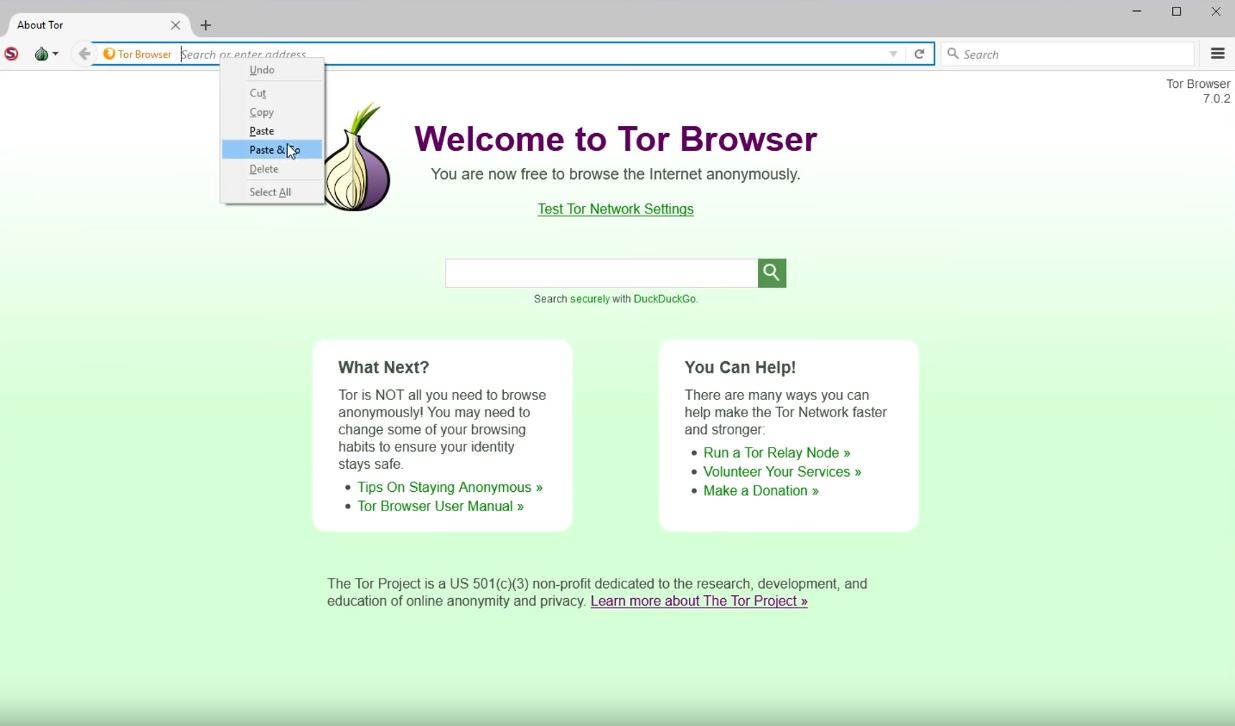


If I wanted to reach a mail server through Tor, my request would travel encrypted along with a random path through the Tor network, rather than directly through my ISP. If I were a journalist trying to expose government corruption in Uganda worried about censorship or surveillance, I would need to connect to services without my internet service provider knowing what I was really doing. Tor, known as " The Onion Router" due to its layered nature, is a network that runs on top of the regular internet and directs your web traffic through a series of relays before sending it to its final destination. The United States Justice Department recently even endorsed Tor for use by federal judges to keep their personal data private while working on controversial cases. In spite of this, Tor has a much more noble history, often used by whistleblowers to expose government corruption or by regular people to circumvent oppressive government censorship in places like Uganda or, rather famously, China. It often gets a bad reputation for being used for criminal activity, such as buying and selling narcotics from sites like the infamous Silk Road or the recently shut-down AlphaBay.ĭon't Miss: How to Keep Your Internet Traffic Private from Anyone Tor's intended purpose is to protect user's privacy through anonymity.

For the purposes of this tutorial, we will talk about the most popular and widely known network, Tor. Three of the most popular dark web networks are I2P, Freenet, and Tor. (Hint: Using Tor is not enough.) The Wonders of the Dark Webįirst off, we should establish that the term "dark web" refers to overlay networks running on top of the normal internet infrastructure, which need special permission or custom software to access. To help you out with that, this guide will cover some need-to-know information for traversing the dark corners of the internet while keeping your identity and data safe. The dark web is an intimidating place for a newbie hacker, but it's a powerful tool once you've learned to navigate it safely.


 0 kommentar(er)
0 kommentar(er)
